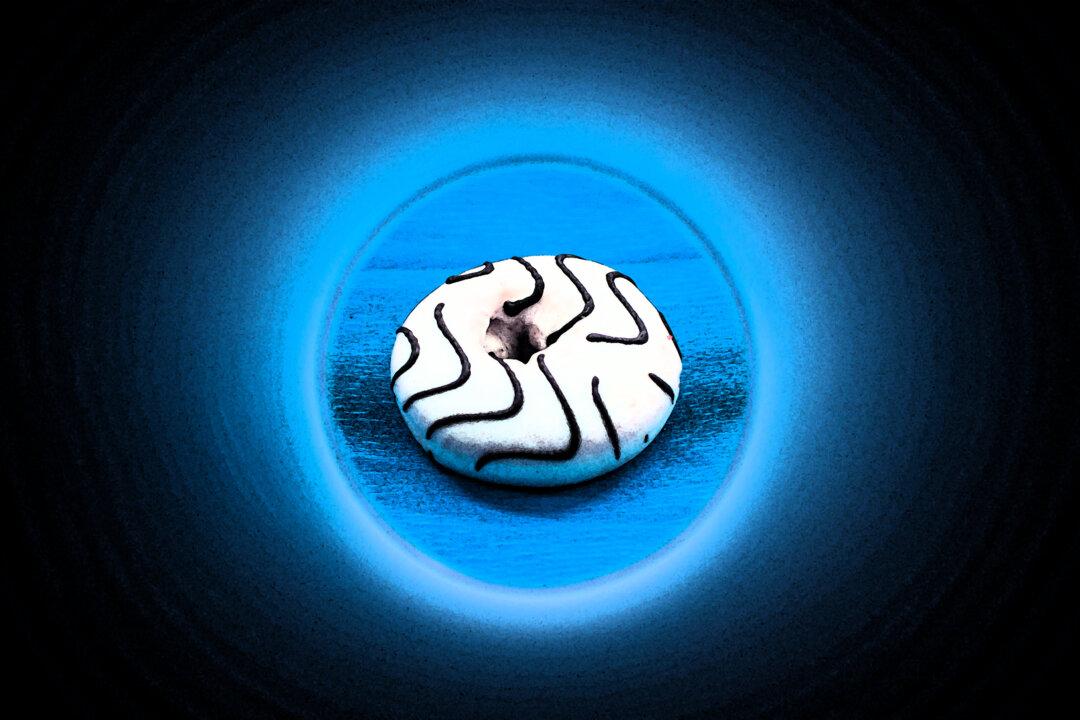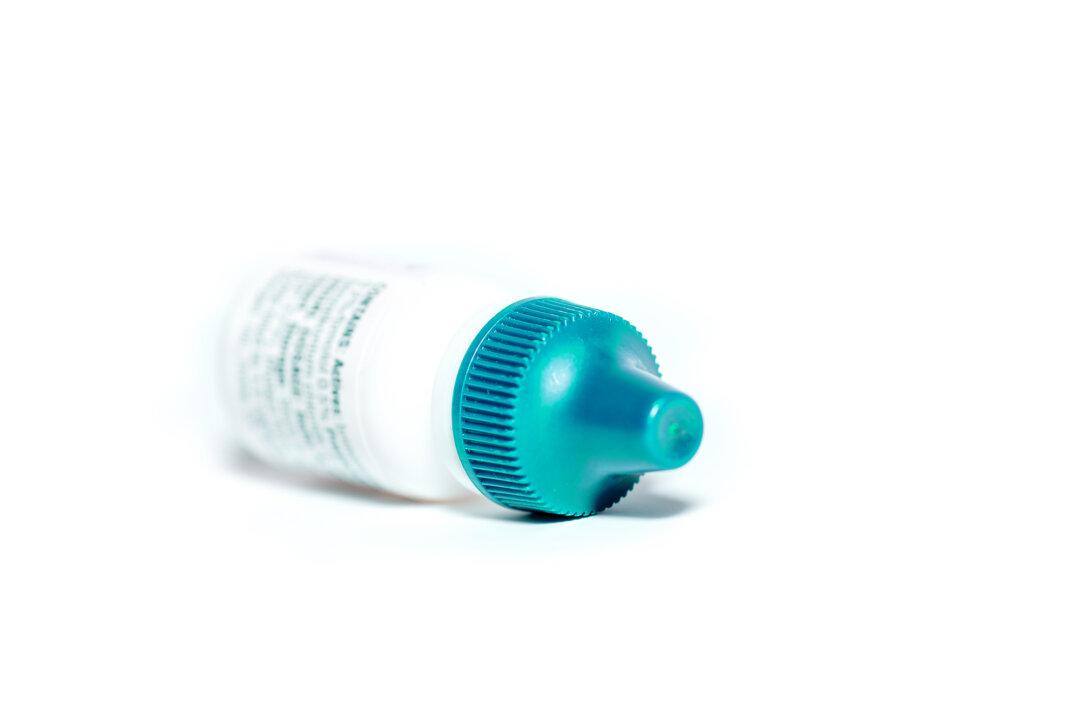Are Unnecessary C-Sections Putting Mothers at Risk?
Very few births are emergent in nature and actually require C-sections, Dr. Nathan Riley, a board-certified obstetrician and gynecologist, told The Epoch Times. Since many doctors are uncomfortable handling complex vaginal deliveries like breech births, C-sections are often recommended to avoid potential risks, he added.The American College of Obstetricians and Gynecologists advises providers to carefully weigh cesarean risks and prevent overuse. Primary C-sections, a woman’s first C-section, are especially not recommended, as each one raises the chance of problems with the placenta in future pregnancies.
“Placental abnormalities like placenta previa and placenta accreta occur when the placenta grows in the wrong place of the uterus,” Dr. Riley said. “Each time a doctor makes a C-section incision, the greater the chances are of the placenta attaching itself to the incision scar.” This poses significant risks to both the mother and the baby, he noted.
Beyond the Scars
While a C-section can be a lifesaving procedure for both mother and baby when complications arise, this surgical delivery method also comes with its own set of potential side effects—beyond the likelihood of permanent scarring on the skin and uterus from the incisions made during the procedure.Breastfeeding Problems
Research has shown that C-sections can delay the onset of mature milk production, or when a mother’s breast milk comes in.Breastfeeding complications aren’t typically long-term. In rare cases, however, permanent neurological impairment can stop milk production altogether.
Dr. Michele Sayball, a licensed naturopathic physician and midwife, shared one woman’s story.
The patient elected a C-section for her first birth at 38 weeks gestation, seeing it as low-risk. “The operation was successful in the sense that both the baby and the mother were healthy,” Dr. Sayball told The Epoch Times. However, anesthesia side effects prevented the mother from producing breast milk for her newborn.
Pain
C-section patients often struggle with post-op pain, Dr. Courtney Kahla, a chiropractor specializing in postpartum care, told The Epoch Times. “One patient said that she sat in excruciating nerve pain for days after her C-section, that the pain was worse than labor contractions, and recovering from a C-section was the hardest thing she’s ever done.”Other Health Issues
In rare cases, nerve damage, infections, or breathing problems caused by anesthesia traveling up the spine have been reported.If the needle is inserted too deeply or at the wrong angle, it can potentially damage the spinal cord.
In some cases, a hematoma, a collection of blood, can form around the spinal cord if a blood vessel is accidentally punctured during the procedure. This can put pressure on the nerves and potentially cause damage.
An allergic reaction to the anesthesia medications can cause symptoms that mimic nerve injury, such as numbness, tingling, or weakness.
Why Are C-Section Rates Going Up?
Multiple factors drive the increase in C-sections.First, the decline in America’s overall metabolic health has led to more high-risk pregnancies and births requiring C-sections, according to Dr. Riley. Women with conditions like gestational diabetes and high blood pressure have much higher rates of C-section delivery.
C-Sections Generate More Profits
The United States is one of the most expensive countries to give birth, with C-sections costing up to five times more than vaginal births.The 2021 report found a “shockingly sizeable” association between hospital C-section profits and rates. The report authors also found higher costs at hospitals with more C-sections.
The study revealed that in health care systems where physicians’ earnings are linked to the volume of procedures they perform (for instance, when physicians bill directly to payers based on fees or when an individual physician’s salary is influenced by the revenue generated from these fees via bonuses), there’s a likelihood that financial incentives can influence physician behavior.
As the study notes, “More cesarean procedures would produce a bigger paycheck.”
The findings highlight financial incentives as a potential driver of the country’s high C-section rates. Researchers recommend examining for-profit hospital incentives to encourage appropriate use.






